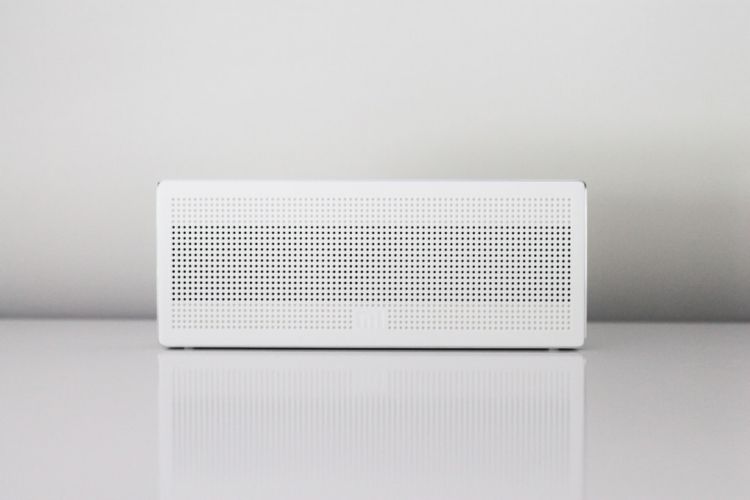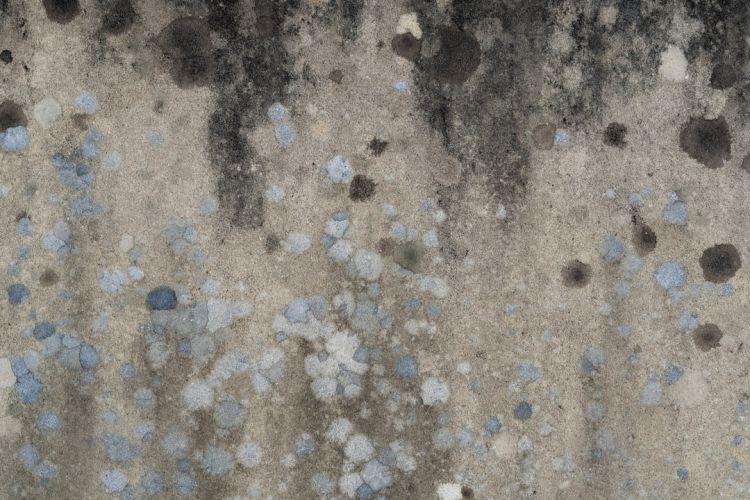Central air conditioning systems are well known for cooling down rooms in a bid to remove excess heat. However, many people aren’t aware of their ability to also extract humidity. The units undertake the latter with great ease, thanks to a special part of their system known as the A/C condensate drain system.
When you use your air conditioning system on a humid summer day, it’ll likely extract over 25 gallons of water vapor from within your home. This shouldn’t be an issue if your condensate line is in perfect working condition; however, when this drain line has issues, it can cause ripple effects that’ll cost you a lot of money and time. To avoid a breakdown, it helps to know these common condensate drain line problems listed below.
Condensate Overflow

A condensate drain line experiences an overflow when it’s clogged. This overflow starts as a silent occurrence but, with time, becomes evident. By the time this issue is evident, it has likely caused extensive water damage to your home. To help reduce overflows, you should invest in regular annual maintenance, which helps deal with clogging as soon as it occurs. If you want a more modern and fail-safe approach, employ the services of an HVAC contractor. These skilled professionals install safety overflow switches that shut down automatically when water begins to spill beyond its set levels.
Dry Drain Trap

Although your condensate drain line works with your air conditioning system, it’s connected to your sewer. To help prevent sewer gas from entering your home, the drainpipe has a U-shaped trap that always contains drain water. This trap does a great job most of the time, but during the winter, the water within the trap dries out when it’s not used. The loss of water means you’ll experience the pungent odor of sewer gas in your home when you least expect it. To help deal with dry drain traps, pour a gallon of water into your drain pan. This seals out all odors by replenishing the trap.
Mold and Algae Growth

The growth of algae and mold becomes a very high probability in warm and wet environments. The condensate drain line is almost always wet and as it’s located in a warm environment beneath your air handler, it’s highly likely to harbor algae and mold. These are two toxic elements that can affect your system airflow and cause a lot of harm to you and your family.
Preventing mold and algae can be easy—pour a cup of bleach into your drain pan twice a year. If the mold has already formed, you’ll have to find a qualified HVAC system technician to aid in a thorough disinfection process. The pan is sanitized, and in some cases, time-release biocide tablets are installed to help inhibit mold growth for longer periods.
To further maintain the drain line, it helps to keep it open at all times. The closing of the condensate drain encourages microbial and bacterial growth, which flows through your vents into your home’s air supply, causing illness and breathing difficulties. Clogged condensate drains can also shut down your entire air conditioning system and can also lead to water buildup. In such instances, the backed-up water ends up leaking from your air conditioning system, causing serious property damage like wet walls, algae growth on the walls, and general structure weakness. When this happens, you’ll require the help of skilled personnel to get it up and running again.
Your family’s health is important and as such, maintaining good indoor air quality is more of a necessity than a luxury. It always helps to look out for these common problems listed above.











